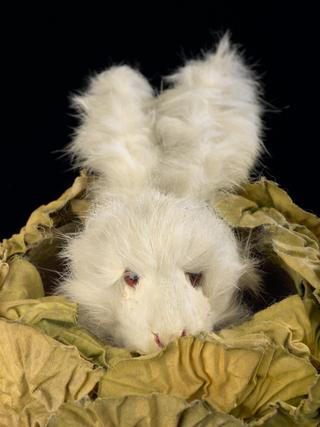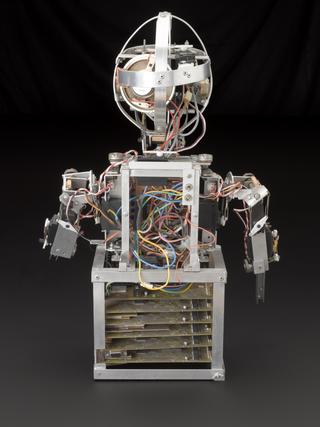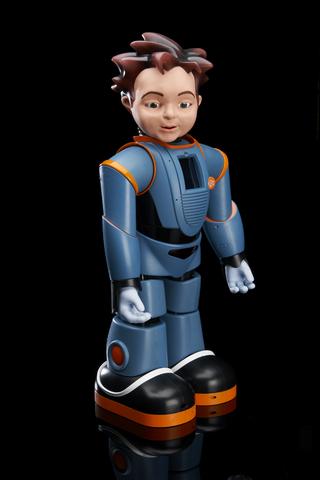








‘Giselle’ dancing automaton by Marenghi, Paris, 1890-1900.
The figure stands atop a wooden box containing the mechanism; a key allows it to be wound up, and a button on the front starts it up, along with a musical accompaniment.
While many of the nineteenth century automatons look deeply grotesque to viewers now, with their grimacing (smoking) monkeys, or nightmarish magicians serving up heads on plates (for example), this object is a reminder that a lot of other automatons – perhaps the majority – were actually intended to be things of beauty, and to own one reflected a certain prosperity and desire to convey quiet respectability. As such, this object is intended as a balance to the other (perhaps rather un-nerving) objects proposed as part of this collection. It does not stad out for its mechanical inventiveness, or uncanny nature, but because it represents a large part of the output of the large automaton makers in France and elsewhere.
Details
- Category:
- Human Robotics
- Object Number:
- 2017-176
- Materials:
- textile, porcelain, brass (copper, zinc alloy), steel (metal) and wood (unidentified)
- type:
- automaton
- copyright:
- House of Automata
- credit:
- House of Automata




